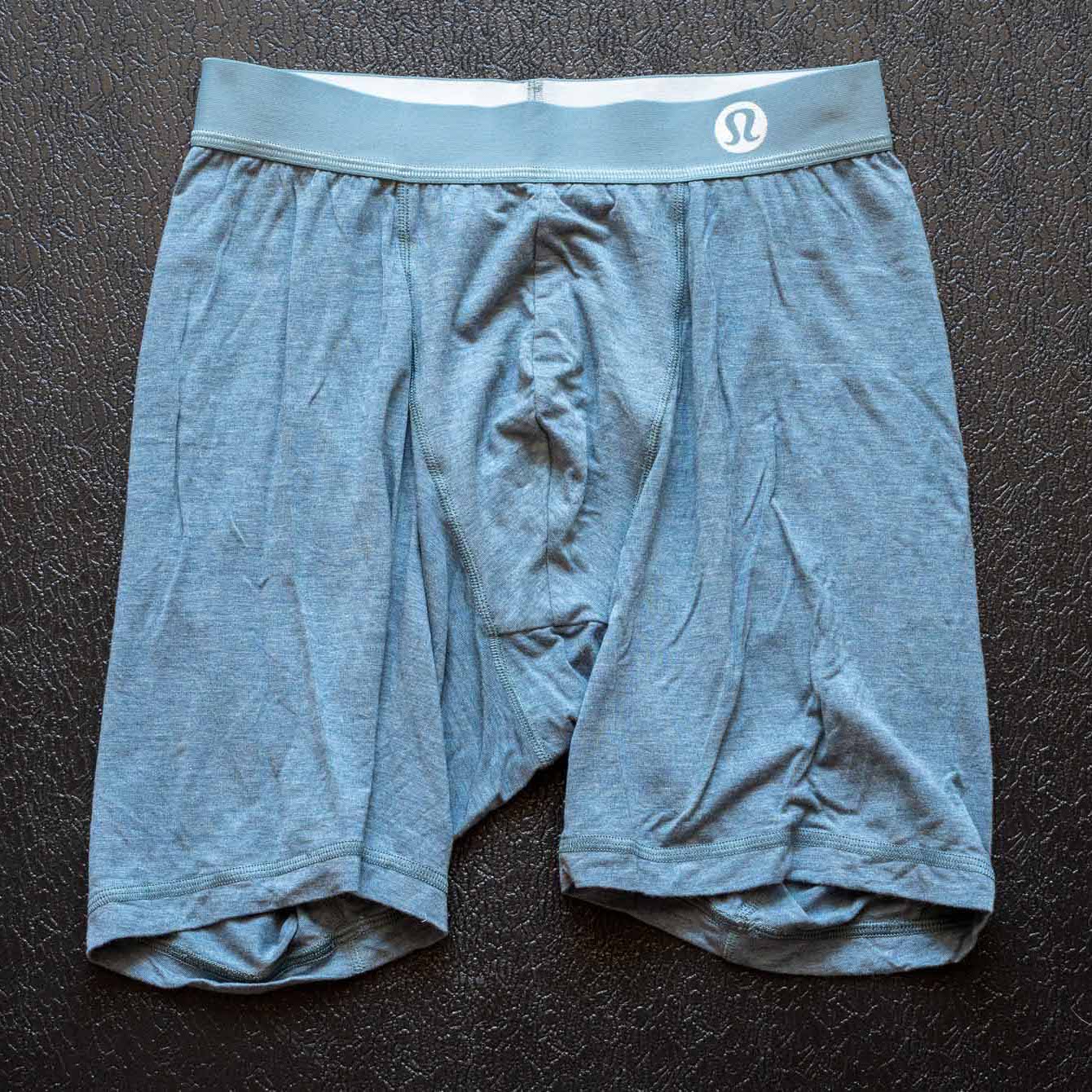An In-Depth Guide to Aran Sweaters (a.k.a., Fisherman Sweaters)

This attribute, in addition to wool’s natural breathability, made it the perfect fiber for both farmers and fishermen. It’s unique in that it can wick moisture away from the skin while keeping heat in.
Because of all the air pockets in wool it is very insulating so it keeps the wearer warm in cold weather while still preventing overheating. The combination of wicking and insulating help maintain the perfect body temperature.
Native Irish sheep provide fine merino wool in a white to cream color. The merino wool is finer and contains smaller fibers than rougher wools so it is not only softer and more flexible, but shouldn’t be itchy against the skin.
One of the advantages of merino wool is that it often only needs a simple airing between wearings to allow the fibers to breathe before it can be worn again.
Patterning
One of the most distinctive characteristics of Aran sweaters is their patterning. It isn’t a function of color choices because only a single color yarn is used, but rather the different knitting stitches used.
A single finished sweater has approximately 100,000 carefully constructed stitches and can require up to 60 days to complete. This labor-intensive process is one of the reasons very few Aran sweaters are still made by hand. It just isn’t economical any more. Instead, most are machine made.
Patterning isn’t random. There are less than a dozen basic stitches that are used and each sweater uses a combination of 4-6 patterns, done in vertical columns, with one pattern taking center stage.
Families would hand down their patterning through generations so that they became identifiable by clan. In fact, there is an official register of historic patterns. It is said that fishermen could be identified by their sweater if their bodies washed ashore.























